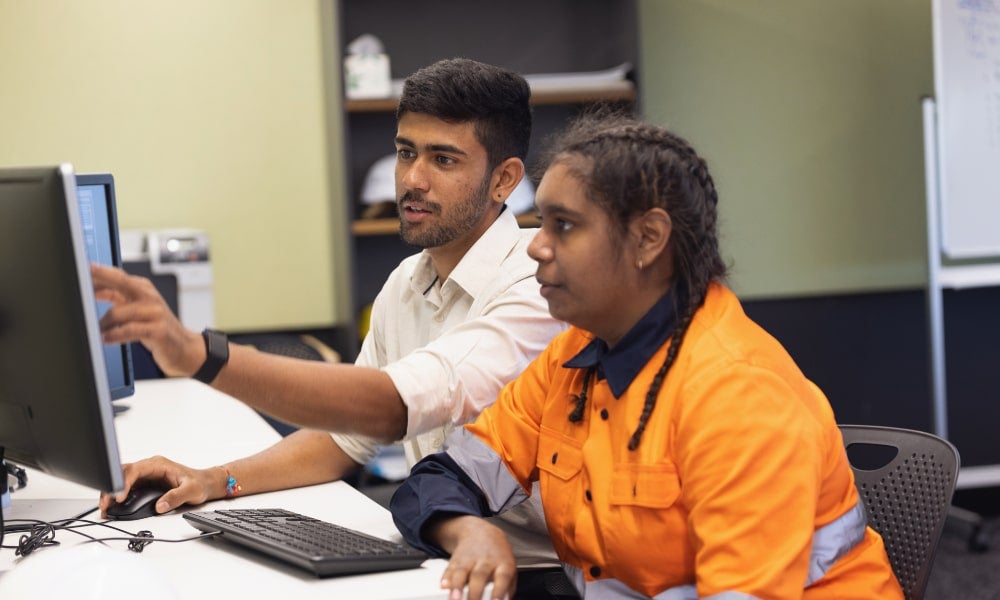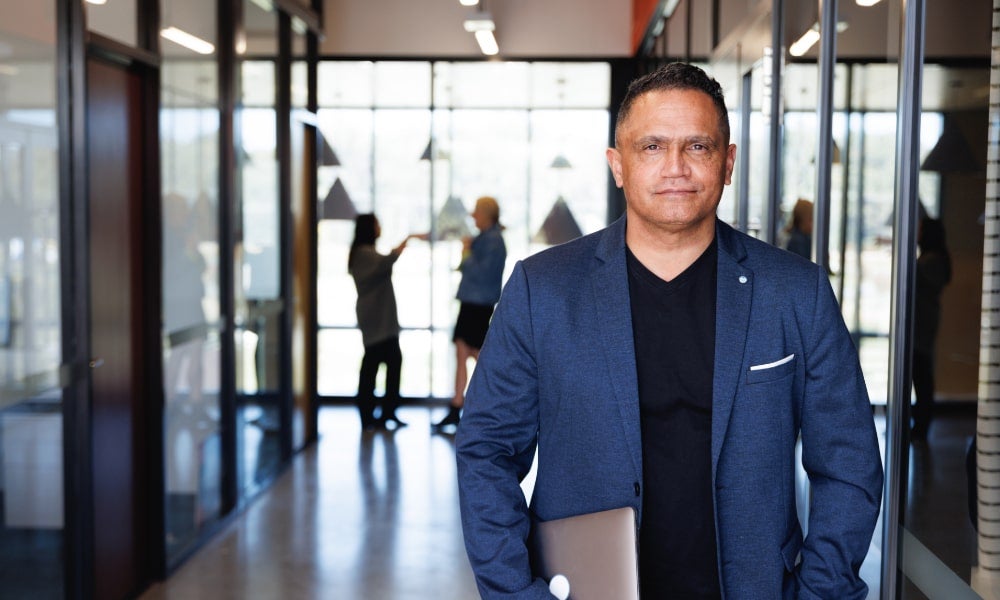The Voice already exists… just not everywhere
Allowing Aboriginal communities to guide funding allocation is the fastest way to bridge the gap between Indigenous and non-Indigenous Australians, writes Ash Walker
Based on my experience both as a strategy consultant at Boston Consulting Group, as well as living and working in my Aboriginal community of La Perouse in Sydney, I know firsthand that funding is deployed most effectively and efficiently when it is in line with community priorities. Voice-like models which allow Indigenous people to communicate their needs to government to inform ministerial and executive decision-making have been operating across Australia in some form or another for many years. They include the Commonwealth-supported Empowered Communities model, the NSW Government Local Decision-Making initiative, and a range of other state and territory-based approaches.
A common pillar of these models is the emphasis on strong governance structures which allows community voices to be effectively harnessed to influence all levels of government. There are numerous examples where this type of model has yielded beneficial outcomes for the relevant Indigenous community and the broader public. However, these approaches are deployed sporadically and are at risk of being discontinued at the whim of government decision-makers. The inclusion of the Voice in the Constitution will ensure that the related benefits are unlocked nationwide and protected from being negatively impacted by political cycles.

As most Indigenous-specific decisions made by government are funding-related, the Voice creates an opportunity to improve the way Indigenous initiatives are funded by (a) ensuring funds aren’t wasted on unneeded programs; (b) avoiding duplication of programs; and (c) supporting programs which truly solve the problems faced by Indigenous communities. Provided that the Voice mechanism is designed and implemented properly, this drive towards more efficient and effective use of government funds benefits both Indigenous people and the broader public. This is because taxpayer money will be saved in the short-term through defunding unneeded programs, and in the long-term as the overall budget needed to service Indigenous people will reduce as the Gap begins to close.
An effective Voice mechanism combats the issue of government decisions to fund programs that do not meet an Indigenous community needs. This can occur when a successful program from one region is implemented in a different region, despite the second region not experiencing the same problems as the first. It can also occur when a mainstream NGO secures funding for a program without any input from the community they purport to serve.
Read more: Healing intergenerational trauma through meaningful work
For example, an NGO operating near my local community of La Perouse used decade-old data to secure funding to deliver a program aimed at reducing anti-social behaviour among Indigenous youth. The only issue was that the problem had largely already been dealt with by an Aboriginal community-controlled organisation. This NGO continued to receive funding for a number of years, despite failing to meet the needs of the community they were claiming to serve. Advocacy from Aboriginal community leaders eventually resulted in this program being wound up and its funding diverted to an urgent need.
An effective Voice mechanism can also deal with the common problem of wastage through the funding of duplicate services. An example of this in Inner Sydney was the situation where government was funding 67 organisations to assist young Indigenous people, despite only five of them delivering services accessed by the local Aboriginal community. This situation was eventually rectified when the community was consulted, and the funding underpinning these unused services was reallocated to priorities identified by the local Indigenous community.

Finally, an effective Voice mechanism allows government to fund initiatives that support the aspirations of Indigenous communities. A prime example of this is the Gujaga childcare centre upgrade whereby significant community demand was met by increasing the number of classrooms. This initiative, which was supported by government and Lendlease, was in response to the community priority centred around using quality early education as a platform from which to set up our young people for success. This was not in response to a crisis, rather it was an important pillar of a community-wide strategy to transition from intergenerational welfare to intergenerational wealth.
It is reasonable to assert that, if our community is able to access a high-quality education, we are less likely to rely on government-funded programs in the future, which in turn, reduces the amount of government funding needed. This is the type of meaningful impact that a well-designed Voice mechanism underpinned by robust governance frameworks can unlock.
Subscribe to BusinessThink for the latest research, analysis and insights from UNSW Business School
In all of these situations, Aboriginal communities having a voice on what services were funded avoided wastage and ensured taxpayer dollars were spent efficiently. Allowing Aboriginal communities to guide funding allocation signifies a meaningful shift in decision-making power from government to Indigenous people and is the fastest way to bridge the gap between Indigenous and non-Indigenous Australians. It reduces the enormous amount of funding currently wasted on services that don’t fix actual problems. In addition, once funding is aligned with community needs, the overall Indigenous-specific spend will reduce over time as the problems underpinning these community needs are gradually solved. This will only be achieved if the Voice is rolled out across Australia and protected by Constitutional entrenchment.
Ash Walker is a Dharawal/Dhurga strategy consultant who holds a Master of Business Administration (Distinction) from the University of Oxford and a Bachelor of Laws/Bachelor of Commerce from UNSW Sydney. Ash is also a Council Member at the Australian Institute of Aboriginal and Torres Strait Island Studies and an Adjunct Associate Professor at the UTS Business School.
Authorised by Alison Avery for the University of New South Wales, Kensington.
